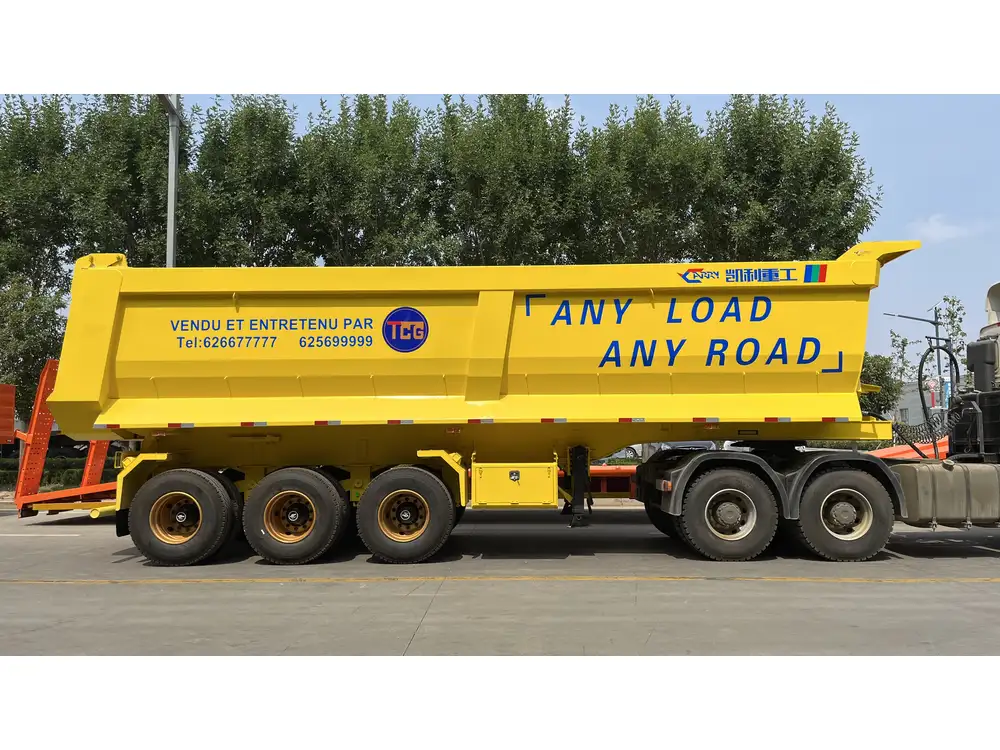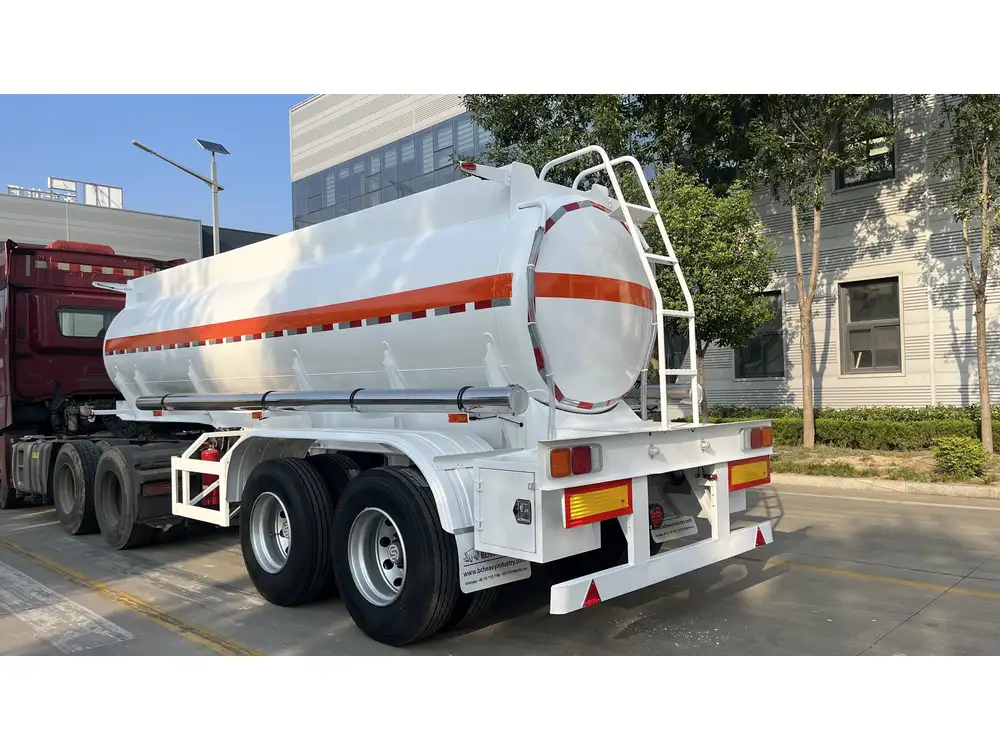Understanding the maintenance of trailer air tanks is critical for ensuring optimal performance and safety on the road. Properly managed air tanks can significantly reduce risks associated with moisture buildup, corrosion, and compromised braking efficiency. This article will explore various facets of air tank maintenance, including recommendations for draining, signs of moisture buildup, and best practices for keeping your trailer in peak condition.
Importance of Draining Air Tanks
The air brake systems in semi-trailers depend on clean, dry air for effective operation. When moisture accumulates within the air tanks, it can lead to a multitude of problems, such as:
- Corrosion: Moisture can rust the air tank and other components, leading to structural failure.
- Brake System Malfunction: Water in the system can freeze and cause air lines to block, leading to brake failure.
- Increased Maintenance Costs: Regular neglect can result in more complicated and expensive repairs.
The Role of Moisture in the Air Brake System
Air contains moisture, which varies based on temperature and humidity. When air enters the tanks, this moisture is also captured in the storage tanks. Failing to drain the air tanks could mean allowing water to settle and potentially freeze, affecting both operability and safety.

Understanding the Effects of Humidity
Table 1: Effects of Different Humidity Levels on Air Tanks
| Humidity Level | Impact on Air Tanks |
|---|---|
| 0-30% | Minimal moisture accumulation; infrequent draining recommended. |
| 31-60% | Moderate moisture; drain weekly during peak seasons. |
| 61-100% | High moisture; daily or bi-weekly draining necessary, especially in winter. |
Recommended Draining Frequency
General Guidelines
The general consensus among industry professionals suggests a routine of draining air tanks regularly to mitigate issues associated with moisture. It’s advisable to:
- Daily Draining: If you operate in severe conditions, like high humidity or cold environments.
- Weekly Draining: For most standard operations, draining once a week is sufficient.
- Monthly Draining: If only used sparingly and conditions are relatively stable.

Seasonal Considerations
Winter Months
During winter, the risk of water freezing in the air lines increases. As temperatures drop, moisture that settles can freeze and obstruct the system. It is recommended to:
- Drain daily in sub-zero temperatures.
- Use anti-freeze solutions when applicable to ensure fluidity throughout the lines.
Rainy or Humid Seasons
In regions with prolonged rainfall or high humidity:
- Check and drain more frequently, potentially every few days.
- Inspect air dryers and mufflers, as these can help reduce moisture levels before they reach the tanks.

Signs of Moisture Accumulation
Identifying issues with moisture accumulation early can prevent significant problems down the line. Look out for these indicators:
- Rust: Visible external rust on air tanks signifies moisture intrusion.
- Air Leaks: Unexplained pressure drops can indicate that moisture is creating blockages within the system.
- Braking Issues: If you notice your trailer taking longer to stop or a decrease in braking responsiveness, condensation buildup may be to blame.
Checking for Moisture
Regular inspections are vital. Here’s a simple checklist for monitoring moisture levels:
- Visual Inspection: Look for indicators of rust or water stains.
- Air Quality Test: Use a moisture meter to measure moisture levels within the air tanks.
- Pressure Tests: Perform regular pressure tests to identify any potential leaks or irregularities.
Best Practices for Maintenance

Equipment Requirement
- Invest in an automatic drain valve that eliminates manual draining while monitoring moisture levels. This can significantly reduce workload and ensure timely drainage.
- Use high-quality air dryers that can filter out moisture before it even enters the air tank system.
Draining Process
Follow a structured procedure when draining air tanks:
- Safety First: Ensure the trailer is parked securely and the ignition is off.
- Locate Drain Valves: Generally located at the bottom of the air tanks.
- Open Valves: Allow air to escape and drain trapped moisture until water runs clear.
- Close Valves: Ensure that all valves are securely closed after draining.
Routine Maintenance Checks
Establish a schedule for regular checks and maintenance:
- Daily Checks: Prior to long-haul trips or harsh weather conditions.
- Weekly Checks: For trailers with frequent usage.
- Monthly Inspections: More rigorous checks requiring physical inspection and operational testing.

Preventative Measures
Moisture Control
Implement these practices to minimize moisture accumulation:
- Use nitrogen instead of compressed air, where possible.
- Install drainage systems that facilitate gravity drainage.
- Regularly replace air filters to ensure cleaner air intake.
Storage Environment
When storing trailers for extended periods:
- Store in a climate-controlled environment to minimize condensation formation.
- Ensure that all valves are functioning correctly and are not leaking, as even minor leaks can result in significant moisture intrusion over time.

Summary
To conclude, effective management of air tanks in semi-trailers hinges on understanding how often they should be drained. By draining air tanks regularly—whether daily, weekly, or monthly depending on your specific operational context—you can significantly reduce the risks associated with moisture buildup.
Quick Reference: Draining Schedule
| Season | Recommended Draining Frequency |
|---|---|
| Winter | Daily |
| Humid/Rainy | Every 2-3 days |
| Normal Conditions | Weekly |
| Infrequent Use | Monthly |
By adhering to these guidelines and incorporating best practices in maintenance, operators can enhance the reliability and lifespan of their trailer air systems, ensuring safety and performance on the road.
For further queries regarding air tank maintenance or to schedule a consultation, please contact our professional team for expert assistance. We are committed to providing you with durable semi-trailer solutions tailored to your needs.



